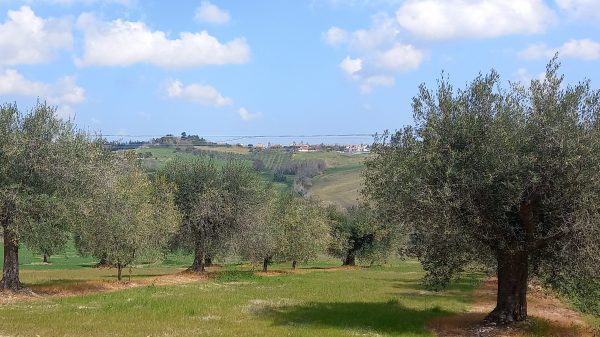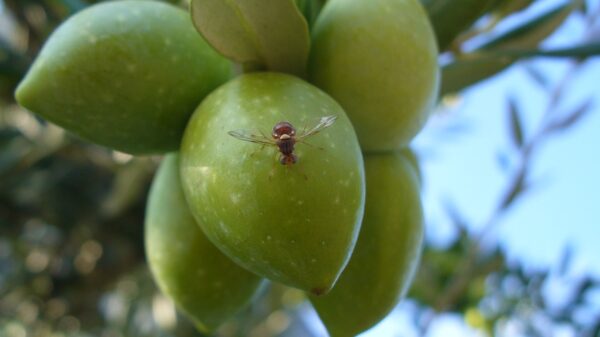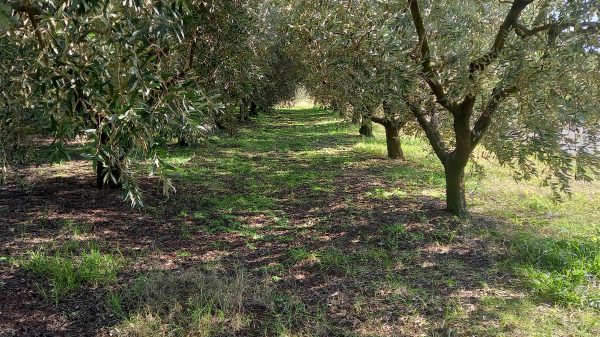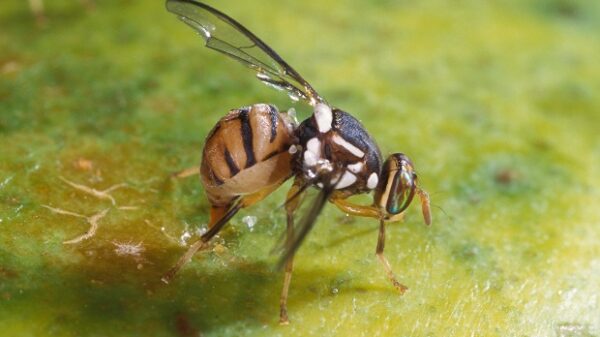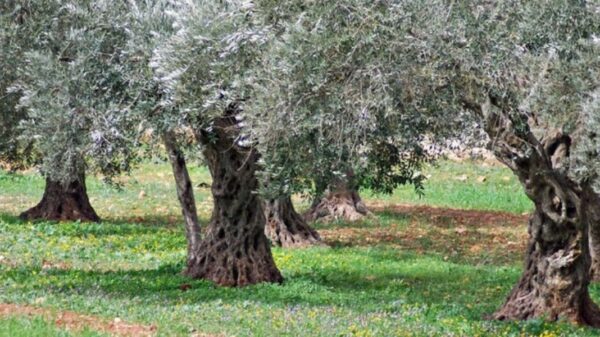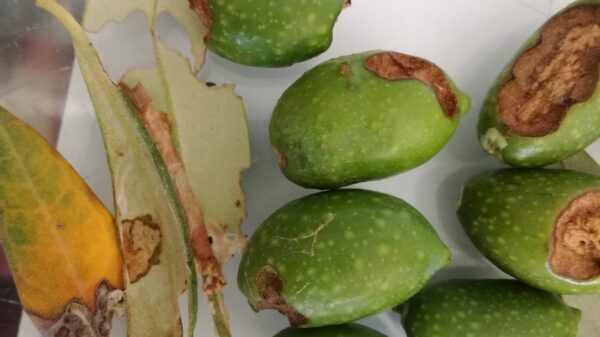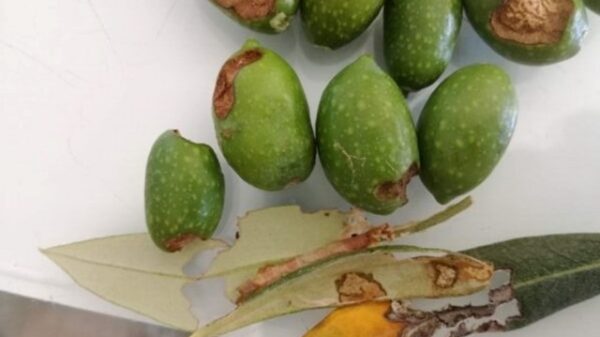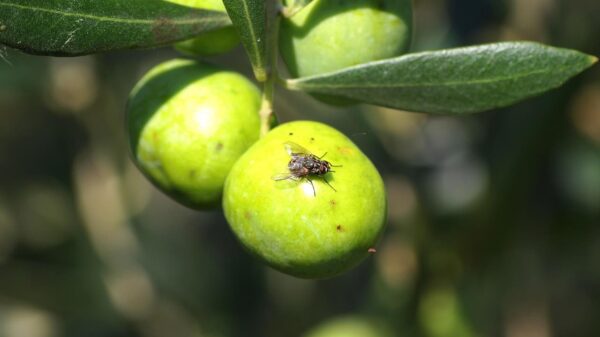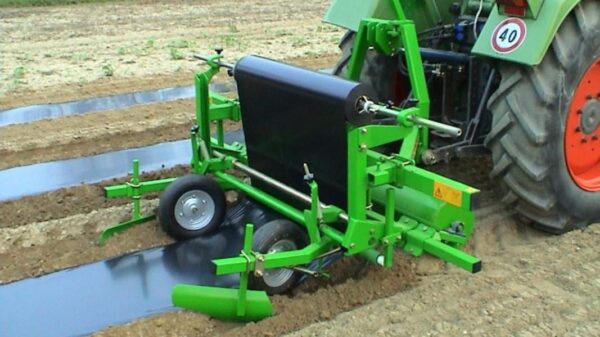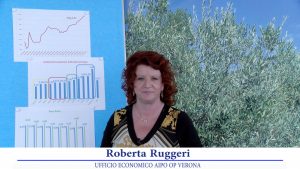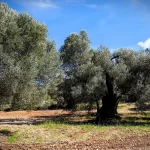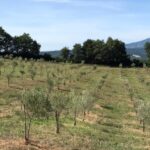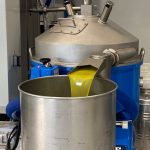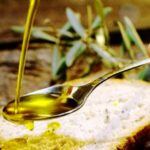How to determine the oil yield? And how to deal with the fly problem near harvesting? These are two of the most popular questions in this period among olive producers. To meet us in technical answers is the director of Aipo Verona, Enzo Gambin (in the picture) who spoke about these topics in his traditional video appointment "Periodico Olivo".
 Director, we are in mid-October, the harvest is underway, but many olive groves are still to be worked and there is news of fairly significant fly infestations in many areas. How to intervene?
Director, we are in mid-October, the harvest is underway, but many olive groves are still to be worked and there is news of fairly significant fly infestations in many areas. How to intervene?
“The month of October has always been very delicate for the olive fly, with temperatures and humidity favoring the infestation. Those who go to harvest after October 20, or will begin with the month of November, among other things, could find infestations in the olive grove that are not present now. Careful monitoring must therefore be carried out and, where necessary, intervene with plant protection products".
What to use in this particular moment?
“We start from the assumption that we have an olive harvest that doesn't allow for very long periods of shortage and we don't have to bring products to the olive groves that could leave residues on the oil. Therefore, for conventional productions we would like to recommend the deltamethrin which has a high knockdown action and 7 days of deficiency time, for the organic one spinosad which is a natural insecticide. The latter, of course, can also be used for the conventional. Finally, as an anti-deponent contrast activity, the wood distillate it is the best solution at the moment, since it can also be used the day before harvesting without giving any problems to the olives or the oil”.
Once the fly has been settled and the harvest has proceeded, the question that the olive grower asks is always the same. How much will it make me?
“In this period we have verified that in central Italy and in the Triveneto the olives have fat content between 14,70% and 15%. We have also calculated an index to define the oil yield inside the mill. For this week we have estimated a 76,3%. So if we have a fat content of 14,70 and we multiply it by 76,3 we get a yield of 11,27. Naturally these are hypothetical data, we can therefore consider yields ranging between 11 and 12%. Furthermore, another important aspect needs to be clarified…”.
That means?
“Some associates have asked us to correctly identify the yield in oil, given that they take the olives to the mill which are weighed in kilograms and a quantity in liters is returned to them. So for clarity: we hypothesized an olive grower who takes 200 kilos of olives to the mill and the miller gives him back 27 liters of oil. We know that the density of oil is 0,916, so a liter of oil is equal to 0,916 kilograms. In this case it is enough to multiply the liters in oil by 0.916 and we will obtain that our olive grower takes home 24,7 kilos of oil which, if divided by the 200 kilos of olives with which he presented himself at the mill, give him a yield of 12,3 ,XNUMX”.
di

